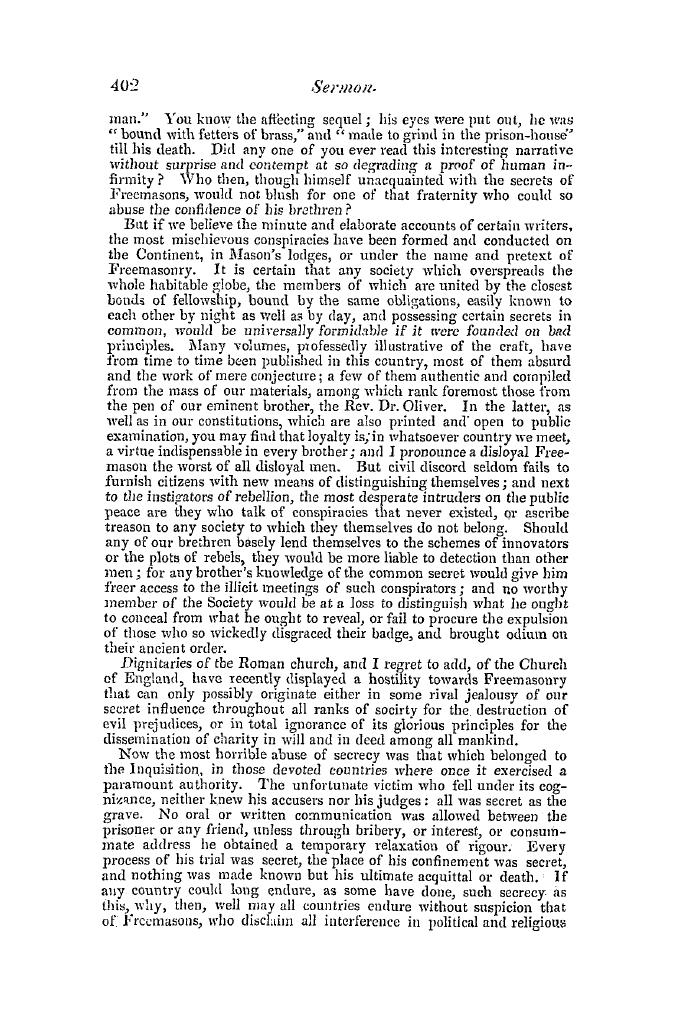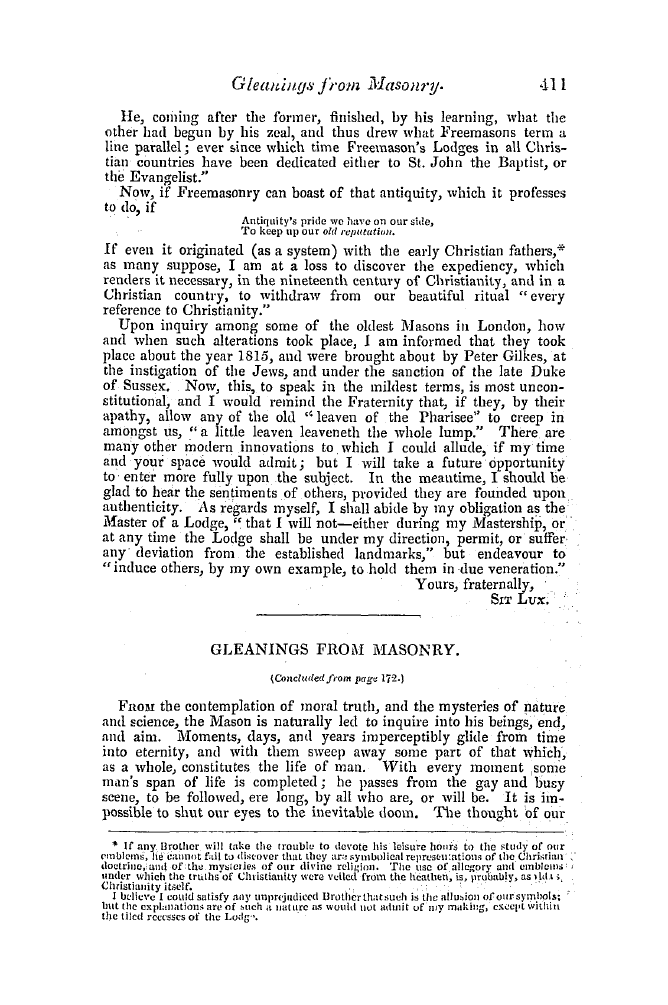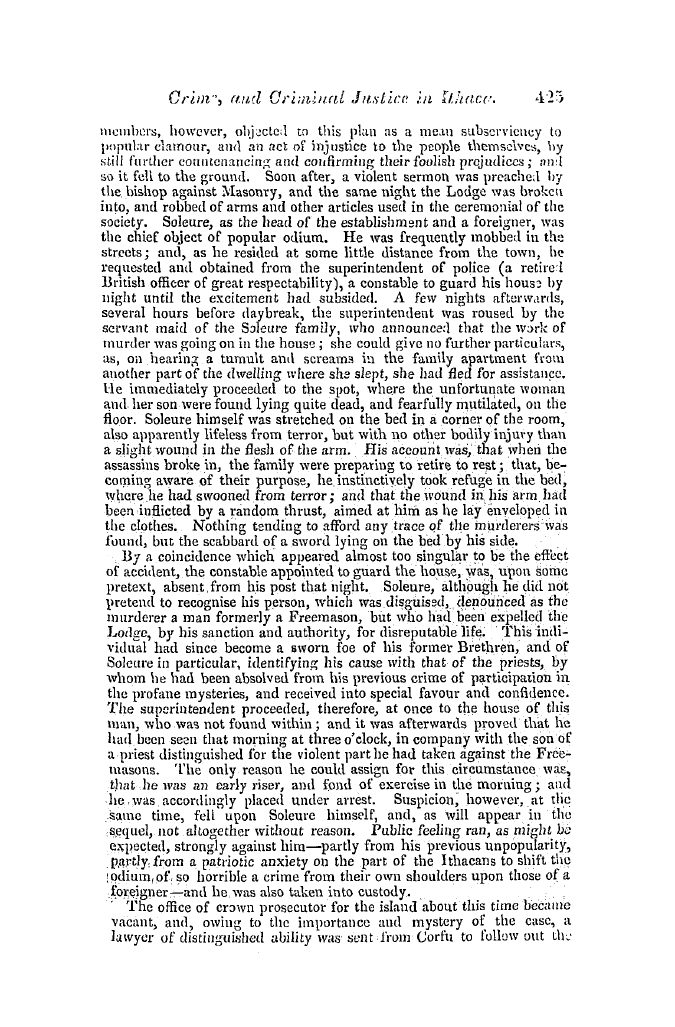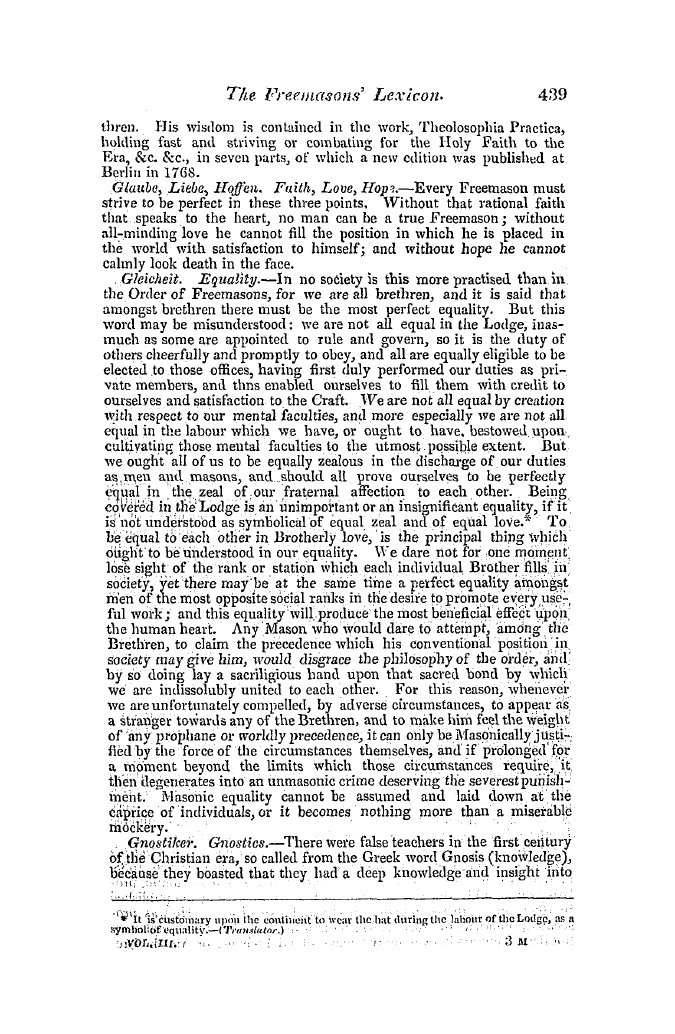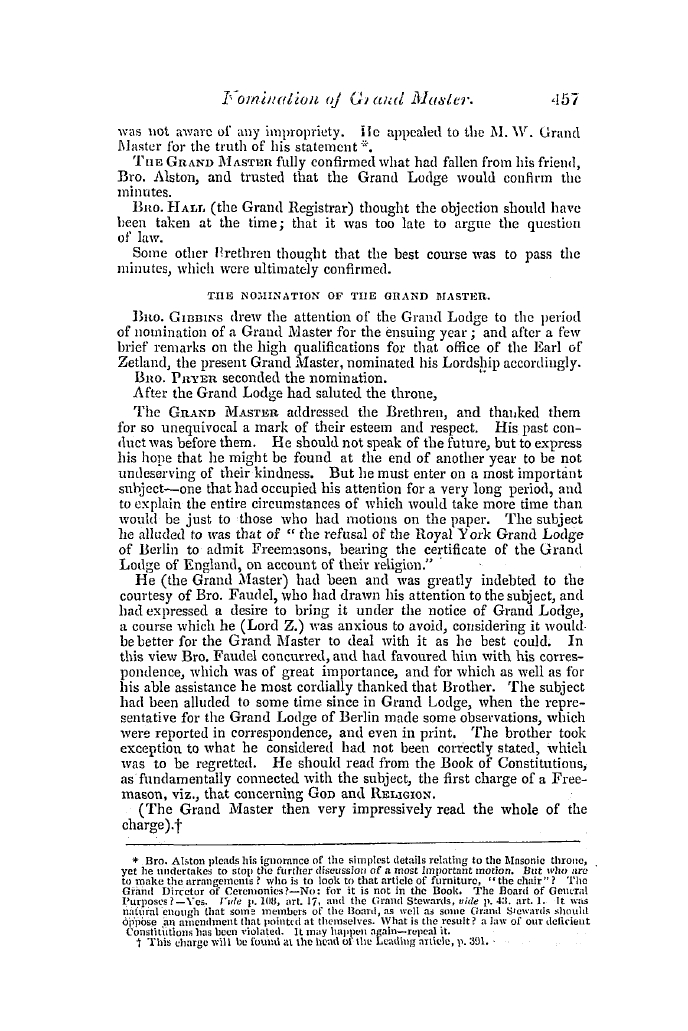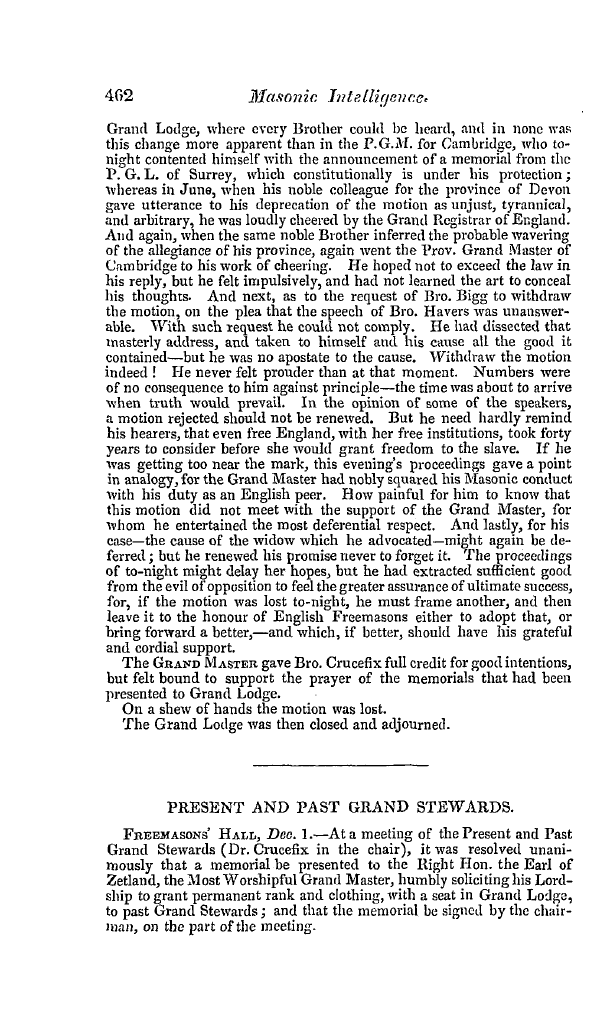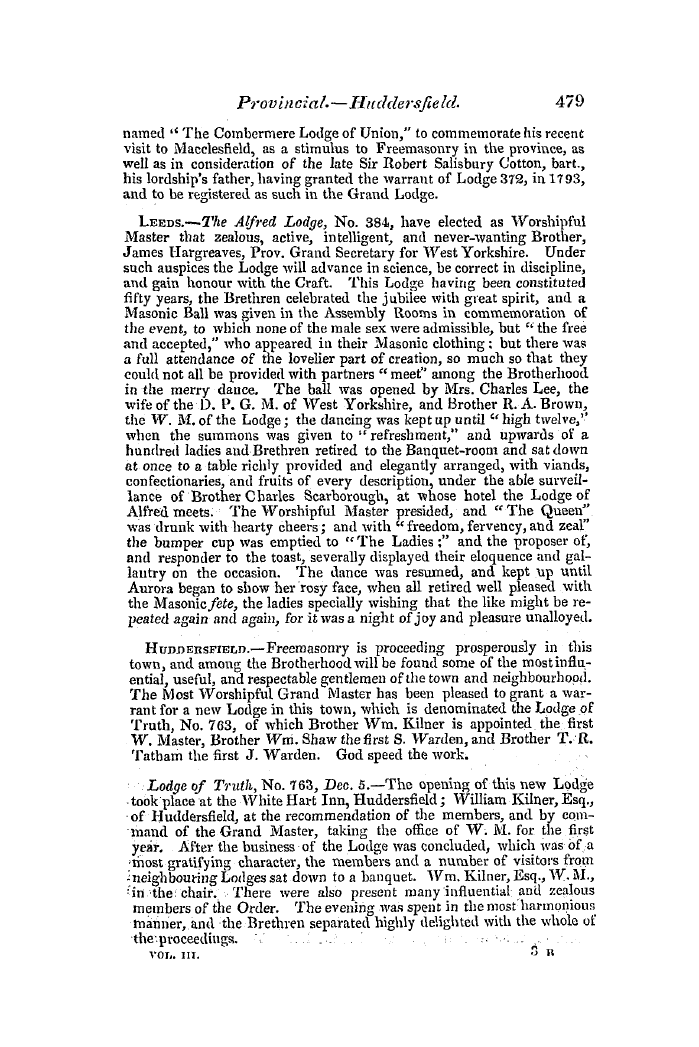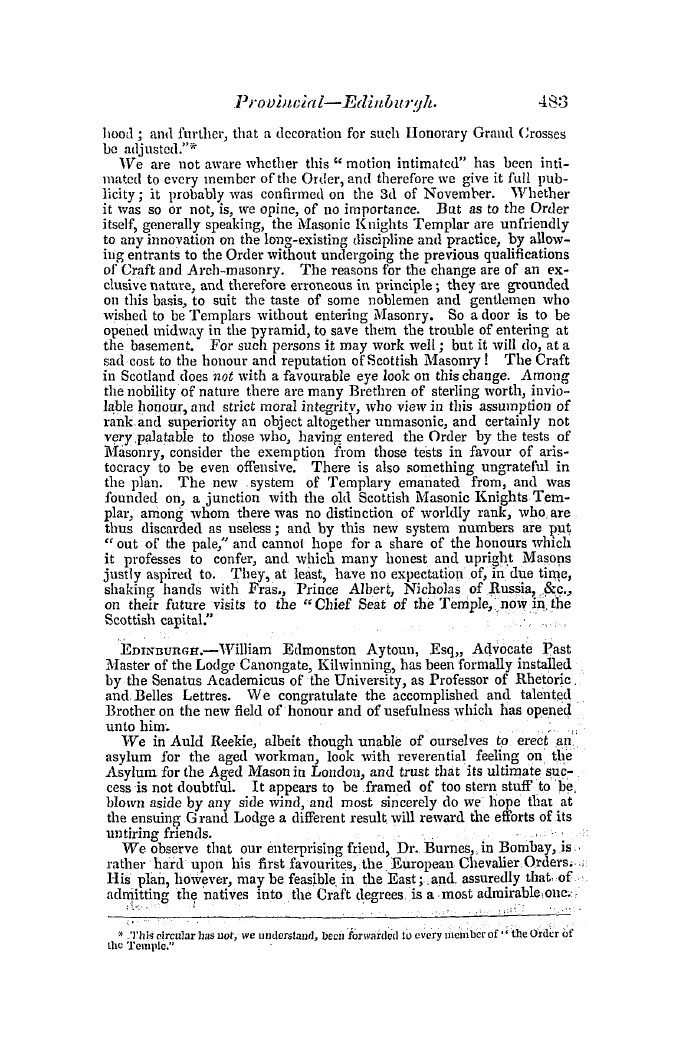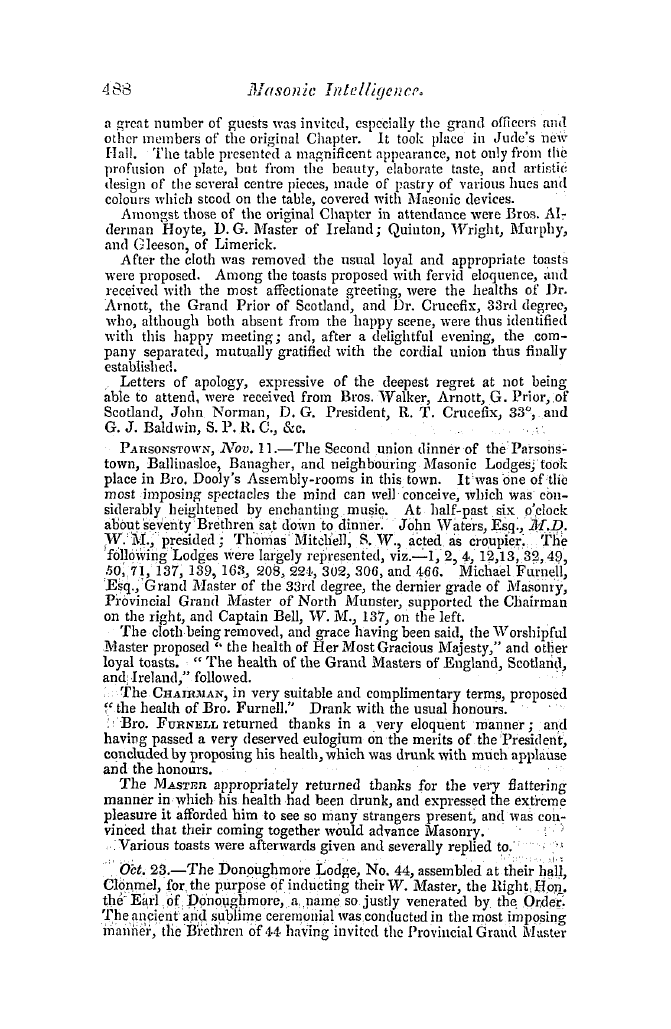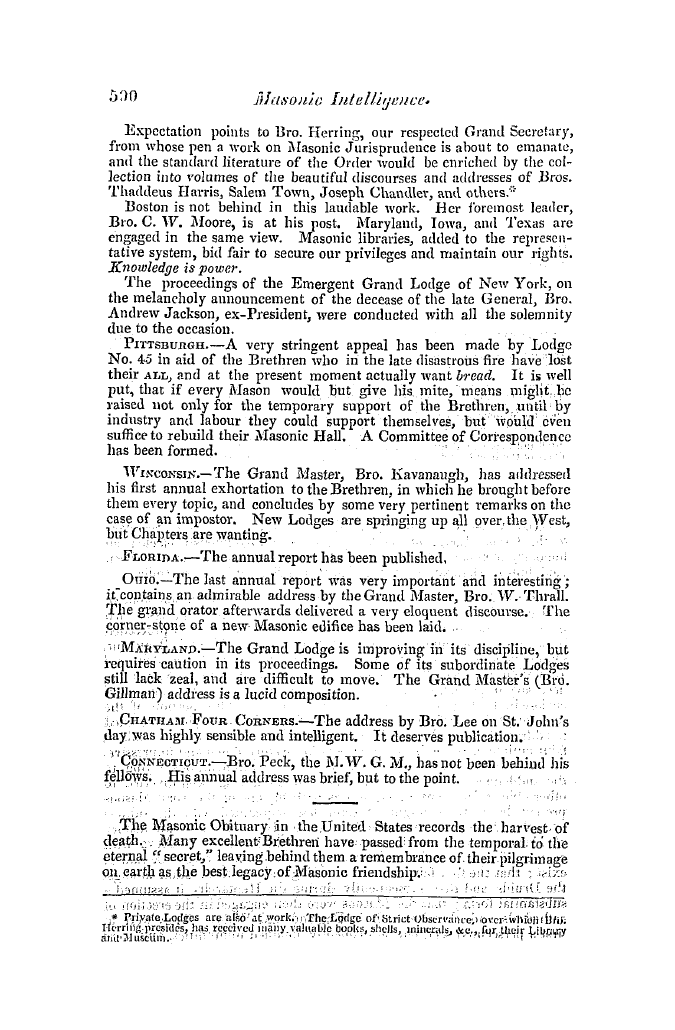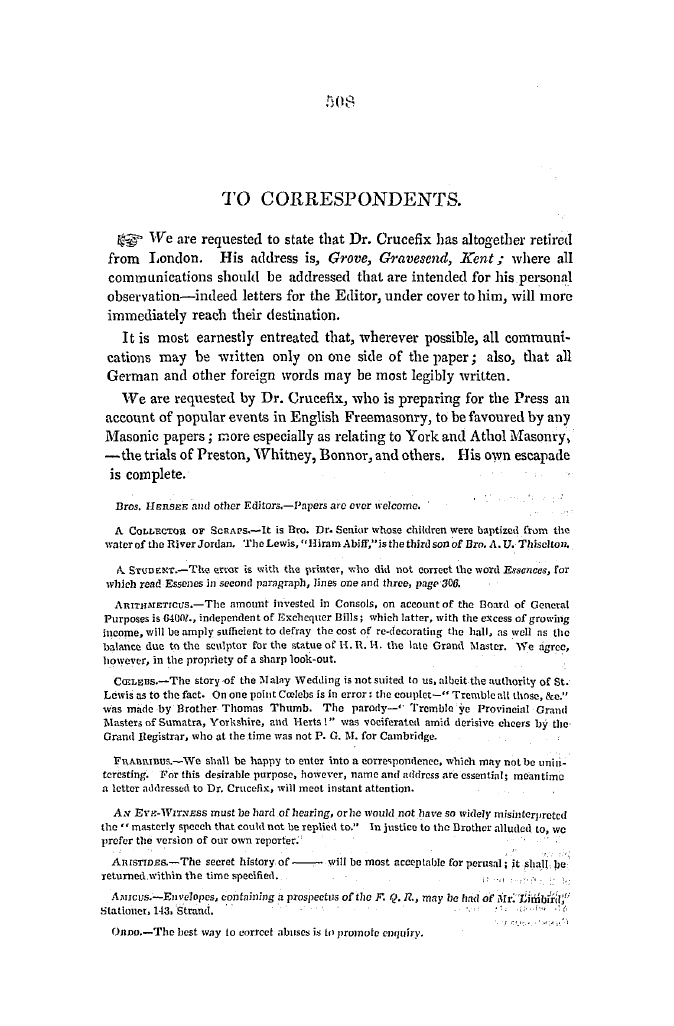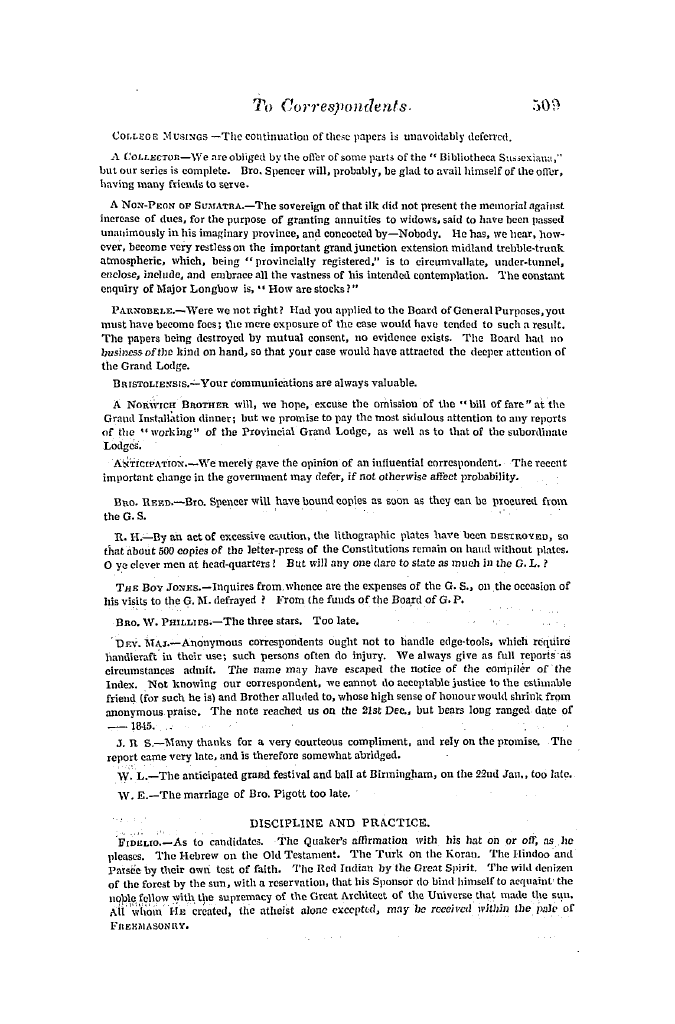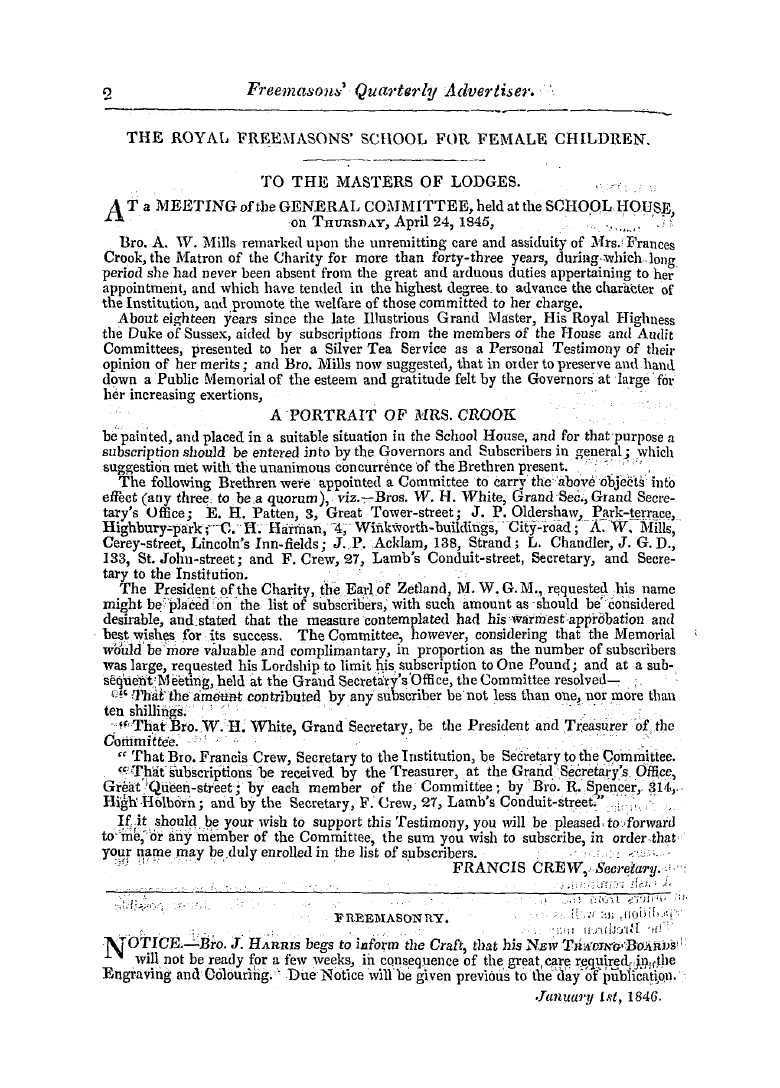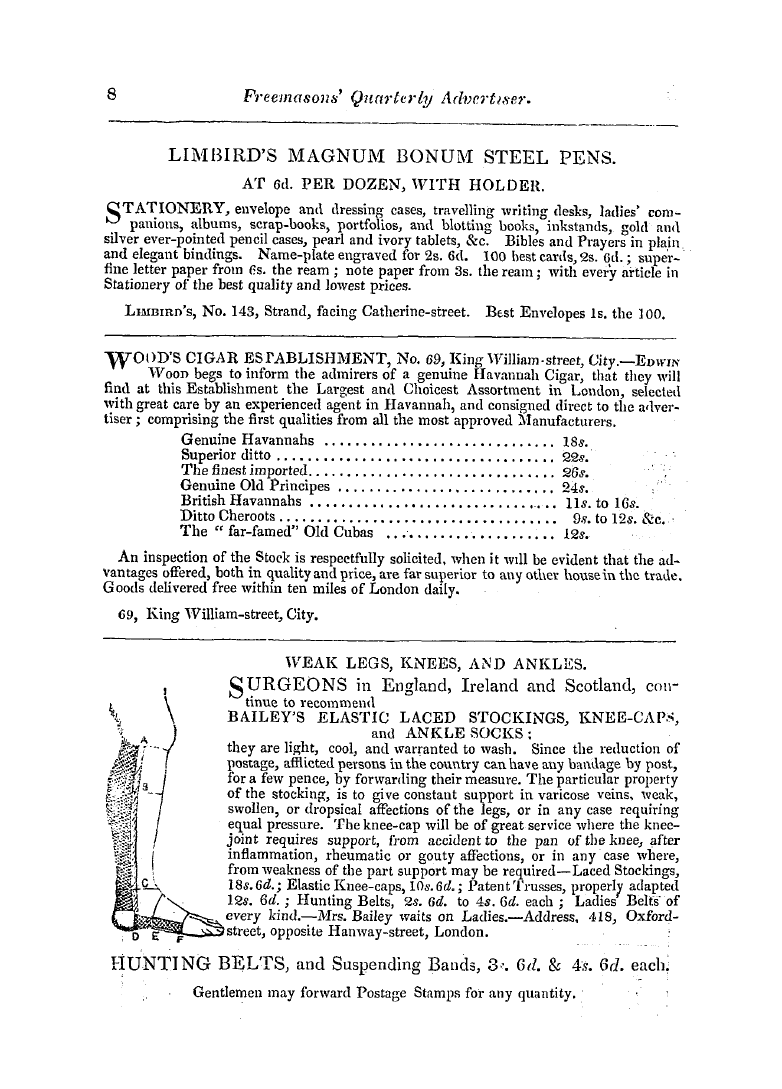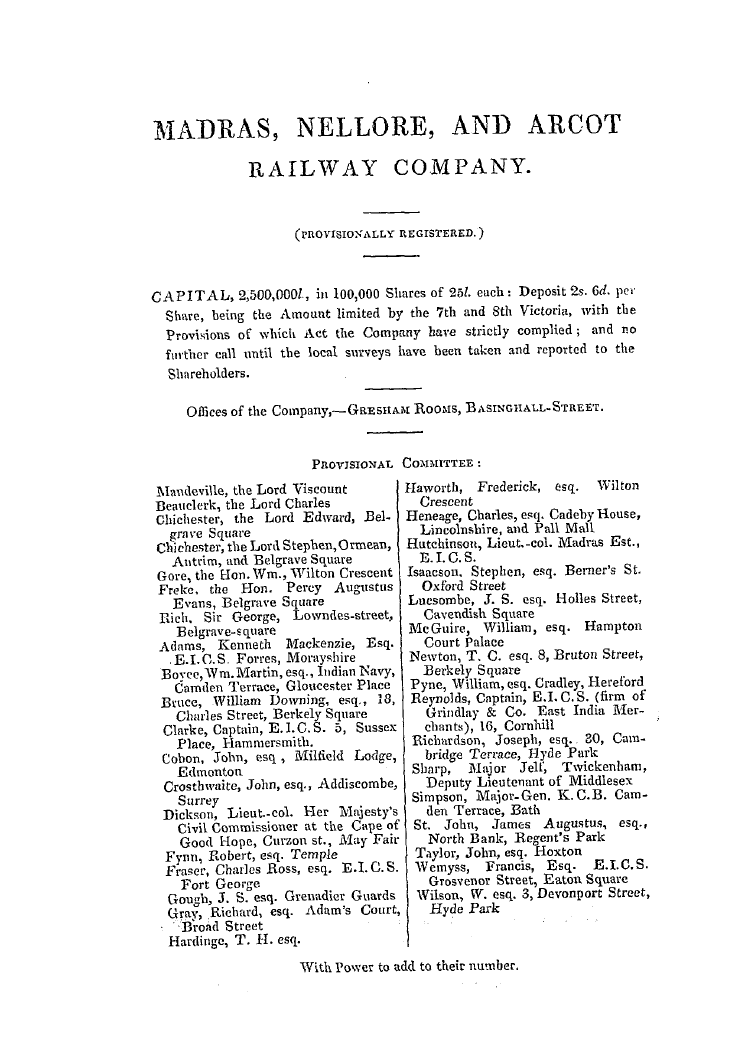-
Articles/Ads
Article FREEMASONRY, PAST AND PRESENT. ← Page 2 of 9 →
Note: This text has been automatically extracted via Optical Character Recognition (OCR) software.
Freemasonry, Past And Present.
Dr . Oliver in your number of December last , or the Roman Catholic priesthood so often of late alluded to ; or , nearer home , the Bishop of Exeter , Mr . Blunt , and some others of our clergy . 1 find , too , that the grounds of these objections did not exist during any part of the last century , * nor until the commencement of the Grant ! Mastership of tbe late Duke of Sussex ; ancl as there are now in existence many officers of the same Grand Lodge , some of them will probably be enabled to account to us for some of the various innovations that have been
introduced during their guardianship of our ancient landmarks . It will not be necessary to retrace the history of Masonry in England beyond the year 1717 , at which time there was no Grand Lodge , nor any other Lodges in London , except the remains of four old Lodges , one only of which is now in existence , viz ., " the Lodge of Antiquity . " Those four Lodges met together with the view of reviving their quarterly communications , the oldest Master Mason being called to the chair , when it was resolved to assemble together on the Festival of St . John the Baptist
, for the purpose of electing a Grand Master for the ensuing year . Bro . Anthony Sayer was elected G . M ., and regularly installed , since ivhich time we have had an uninterrupted succession of Grand Masters annually elected and installed until the time of the Grand Mastership of the late Duke of Sussex in IS 13 , ivho , contrary to any established precedent , occupied the chair of King Solomon for thirty years in succession , during which time the Grand . Mastership assumed the
character of an absolute monarchy rather than that of an annual election-f And it is during the above period the introduction of many innovations , ' and deviation from long-established usage and custom may be'traced--innovations which have not in any degree tended to dignify Masonry in the eyes of the world , but , on the contrary , have created for lierniaiiy enemies . It must be very plainly apparent to every candid reader , that ever since the revival of Masonry in England in 1717 , and during the
whole of the last century , Masonry , according to the general acceptation , has , been viewed as a system of universal benevolence , springing out of purely Christian motives , ancl grounding its authority upon the Holy Scriptures , as contained iu that sacred volume ivhich lies open in every Lodge , and treats of the creation and subsequent fall of man , and his final redemption through the mediation of a promised Messiah . These divine oracles were carefully transmitted from Adam through
the line of antediluvian patriarchs to Noah , and from him , through Shem to Abraham , to whom the Almighty renewed the promise of redemption , and prefigured the same , in the sacrifice of his onlybegotten Son , and the declaration of Abraham , that " God would provide himself a Lamb . " From Abraham the promise is transmitted through Isaac to Jacob , to whom God was pleased again to reveal the promise of a mediation between God and man , by which fallen man might yet be
Note: This text has been automatically extracted via Optical Character Recognition (OCR) software.
Freemasonry, Past And Present.
Dr . Oliver in your number of December last , or the Roman Catholic priesthood so often of late alluded to ; or , nearer home , the Bishop of Exeter , Mr . Blunt , and some others of our clergy . 1 find , too , that the grounds of these objections did not exist during any part of the last century , * nor until the commencement of the Grant ! Mastership of tbe late Duke of Sussex ; ancl as there are now in existence many officers of the same Grand Lodge , some of them will probably be enabled to account to us for some of the various innovations that have been
introduced during their guardianship of our ancient landmarks . It will not be necessary to retrace the history of Masonry in England beyond the year 1717 , at which time there was no Grand Lodge , nor any other Lodges in London , except the remains of four old Lodges , one only of which is now in existence , viz ., " the Lodge of Antiquity . " Those four Lodges met together with the view of reviving their quarterly communications , the oldest Master Mason being called to the chair , when it was resolved to assemble together on the Festival of St . John the Baptist
, for the purpose of electing a Grand Master for the ensuing year . Bro . Anthony Sayer was elected G . M ., and regularly installed , since ivhich time we have had an uninterrupted succession of Grand Masters annually elected and installed until the time of the Grand Mastership of the late Duke of Sussex in IS 13 , ivho , contrary to any established precedent , occupied the chair of King Solomon for thirty years in succession , during which time the Grand . Mastership assumed the
character of an absolute monarchy rather than that of an annual election-f And it is during the above period the introduction of many innovations , ' and deviation from long-established usage and custom may be'traced--innovations which have not in any degree tended to dignify Masonry in the eyes of the world , but , on the contrary , have created for lierniaiiy enemies . It must be very plainly apparent to every candid reader , that ever since the revival of Masonry in England in 1717 , and during the
whole of the last century , Masonry , according to the general acceptation , has , been viewed as a system of universal benevolence , springing out of purely Christian motives , ancl grounding its authority upon the Holy Scriptures , as contained iu that sacred volume ivhich lies open in every Lodge , and treats of the creation and subsequent fall of man , and his final redemption through the mediation of a promised Messiah . These divine oracles were carefully transmitted from Adam through
the line of antediluvian patriarchs to Noah , and from him , through Shem to Abraham , to whom the Almighty renewed the promise of redemption , and prefigured the same , in the sacrifice of his onlybegotten Son , and the declaration of Abraham , that " God would provide himself a Lamb . " From Abraham the promise is transmitted through Isaac to Jacob , to whom God was pleased again to reveal the promise of a mediation between God and man , by which fallen man might yet be













